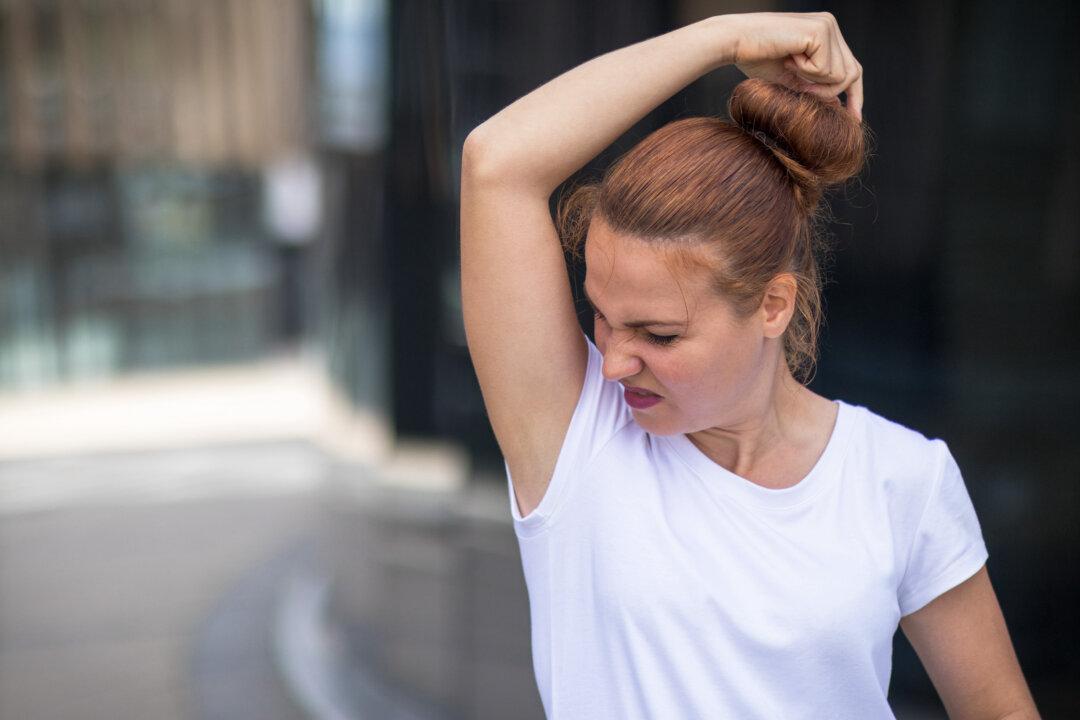A famous pair of Harvard studies, which involve so many people over so long a time they’ve by now chalked up millions of “person-years” of data, found that the consumption of “anthocyanin-rich foods”—foods containing those bright-colored plant pigments—was associated with a lower risk of developing type 2 diabetes over time, “particularly blueberries.” Just two or three servings a week associated with a 23 percent lower risk. In my Daily Dozen, I recommend berries every day.
Why, though? What do berries have to do with diabetes? Well, type 2 diabetes is caused by insulin resistance, and interventional studies evidently “clearly show” that dietary berries can “ameliorate… insulin resistance.” Yeah, but that was in… “diabetic mice.” What about in men and women? Those consuming lots of anthocyanin-rich foods, like berries, didn’t just have less inflammation, but significantly lower insulin resistance. Okay, but by how much? By as much as you would get walking like an hour a day, seven days a week. Wow, how many berries were they eating?






